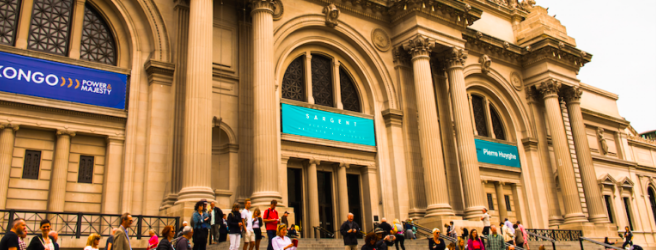Spoiler alert: It doesn't much...and misunderstanding this engagement tactic may jeopardize industry sustainability.
The debate about whether museums should be free is a big one right now. It’s the source of a lot of discussion in the popular press and nonprofit boardrooms alike. What seems to be lost in this discussion is the due consideration of two very important factors: First, does eliminating the cost of admission actually help engage underserved audiences? And, second, in a time marked by increasing austerity measures that threaten traditional cultural funding, is eliminating a key earned revenue source sustainable as a long-term business...Never miss the latest read on industry data and analysis.
Already have an account? Sign In







